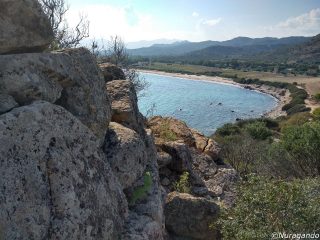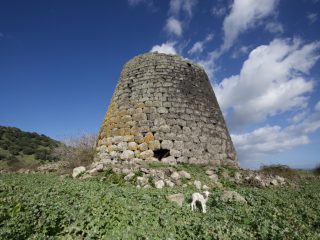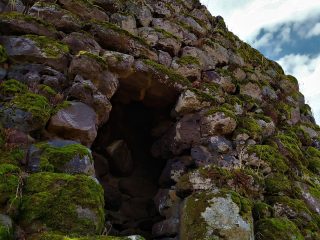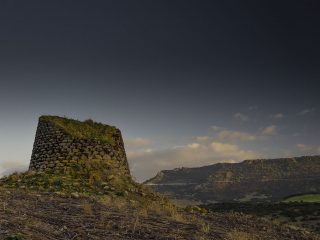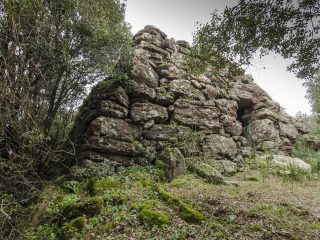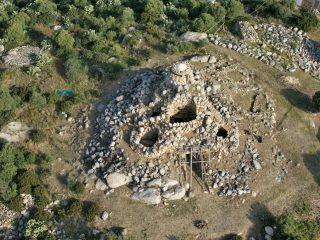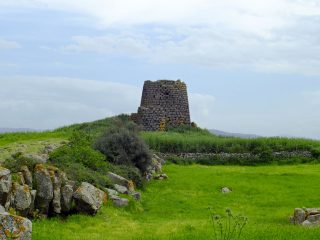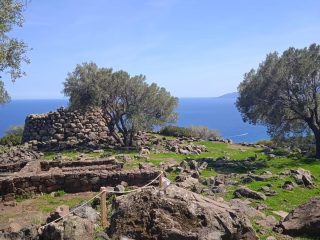The Sant’ Anastasia archaeological site is completely unique on the island as it is the only one to be found in a built-up area. It also houses the church of Sant’Anastasia, dating back to the XV century but with an original Byzantine layout.
The Nuragic compound centres around a holy well brought to light by excavations in 1913 and known as “funtana de is dolus” (spring of pain) because the mineral water from the nearby holy spring was regarded as healthy and rich in miraculous powers. Stretching for around 12 m, the well was built with blocks of basalt rock and has a circular plan chamber deeply dug out in the ground, with tholos roof, which can be accessed down a 2.20 m flight of steps.
The site includes a second holy well, about 10 metres from the first one and part of a large cordoned off area inside which can be seen the ruins of a number of huts.
It is believed that the S. Anastasia well is where the worship of water first began.







